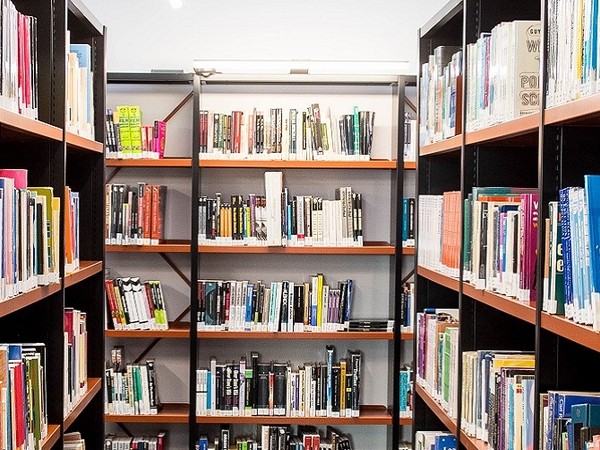Digital Services » Library & Learning Resources (LLR) » Using our Libraries » Locating Physical Resources
Find your way around our UWTSD Library spaces with ease, using the Stackmap Explore function!
Whether you are looking for a book on a particular subject, or a place within the library (i.e. a study room or where to find printers) Explore will show you where you need to go!
Simply click on the Explore link and choose either ‘subjects’ or ‘places’ (or alternatively search for a subject / place using the search-box).
Click on your chosen Library’s floor map to see the exact location on that floor of your subject / place. The location is highlighted in PURPLE / RED!
Use the Zoom feature to increase/decrease the size of the map (you can use your finger on a mobile device or with a mouse on a PC)
Navigation functions:
A sign on the end of each bay of books lists the subjects that are in each of the bays, with their numbers.
Our libraries use the Dewey Decimal classification system, which is the most widely used classification system in the world. This splits all knowledge into ten main classes:
| 000 | Computer Science, information and general works |
| 100 | Philosophy & Psychology |
| 200 | Religion |
| 300 | Social Sciences |
| 400 | Language |
| 500 | Science |
| 600 | Technology |
| 700 | Arts & recreation |
| 800 | Literature |
| 900 | History & Geography |
Each of these main classes is split into ten divisions, e.g.
| 700 | General Arts |
| 710 | Area planning & landscape architecture |
| 720 | Architecture |
| 730 | Sculpture, ceramics & metalwork |
| 740 | Graphic arts & decorative arts |
and so on.
The third digit indicates the section, e.g.
| 725 | Architecture: public services |
| 727 | Architecture: buildings for educational purposes |
| 728 | Architecture: residential buildings |
There is generally then a decimal point, after which the subject is sub-divided further. The decimal point makes the number easier to read, but has no mathematical significance!
| 727.3 | University buildings |
| 728.09429 | Houses: Wales |
At UWTSD we also use a three-letter suffix after the numbers.
This generally consists of the first three letters of the author’s name. If the work has an editor, then either the first three letters of the editor or of the title are used. If the work is about an artist or an architect, then we use the first three letters of their name. Works about computer programs use the first three letters of the program.
This helps locate an individual work on the shelf. E.g.
| 727.6 EXE | Exell, Karen. The global spectacular |
| 720.92 AAL | Stewart, John. Alvar Aalto,architect |
| 006.693 GPU | Engel, Wolfgang (ed.). GPU Zen 2: advanced rendering techniques |
Dewey®, DDC® and Dewey Decimal Classification® are the proprietary trademarks of OCLC Online Computer Library Center, Inc. and are used with permission.
